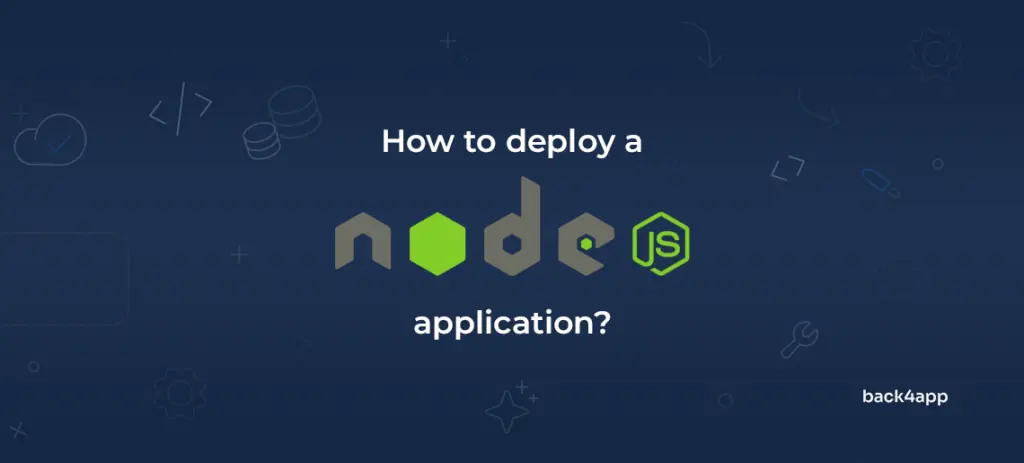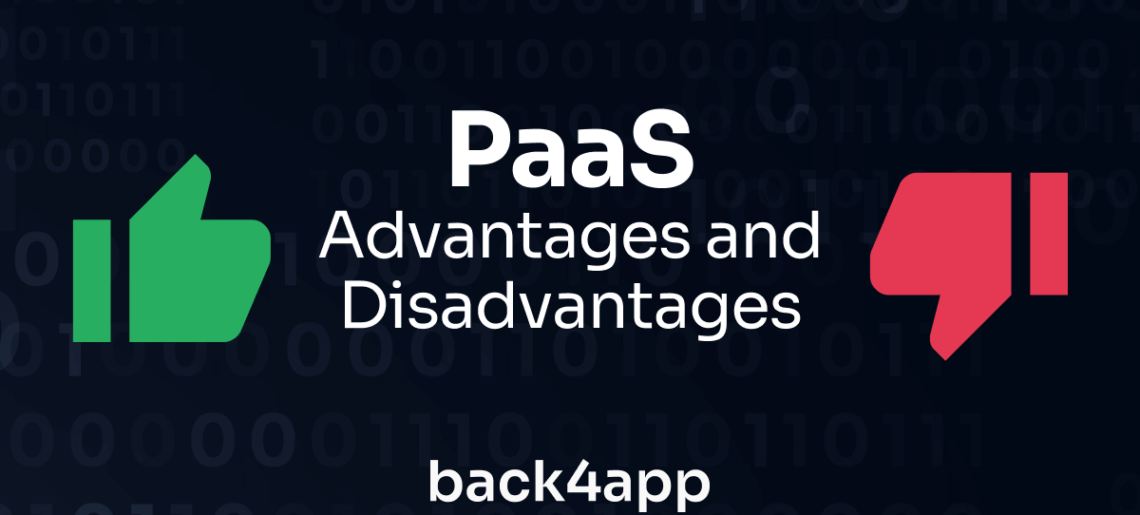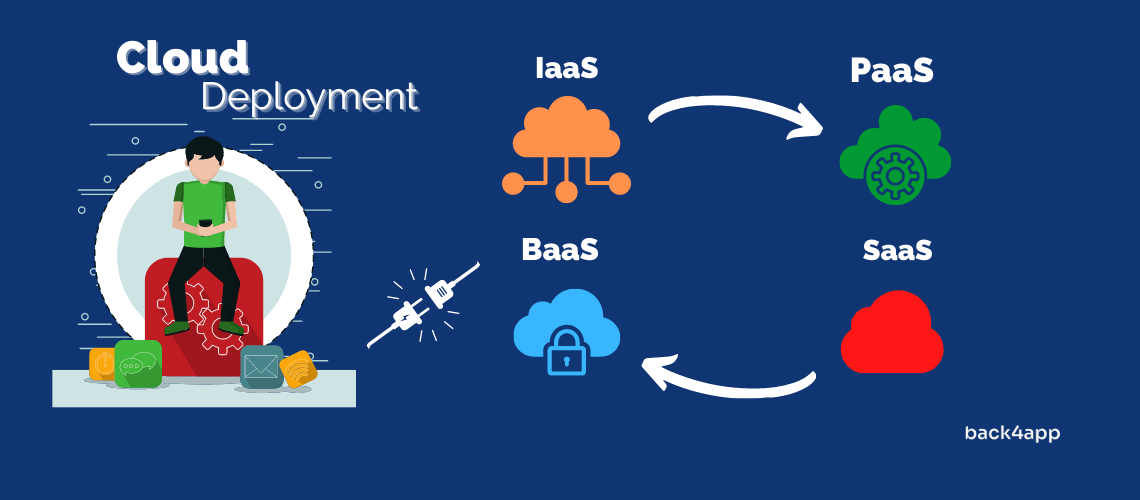In this article, you will learn how to build a GraphQL API with NestJS taking advantage of its clean architecture and type safety.
NestJS is a NodeJS framework that helps users create scalable enterprise-grade backend applications by providing type safety and a strict architectural pattern.
GraphQL is a query language for application programming interfaces (APIs) widely used as an alternative to REST due to its speed and stability, which it achieves by responding to querys with precisely the data they request. This GraphQL feature solves the problem of overfetching and underfetching posed by REST.
Read More





